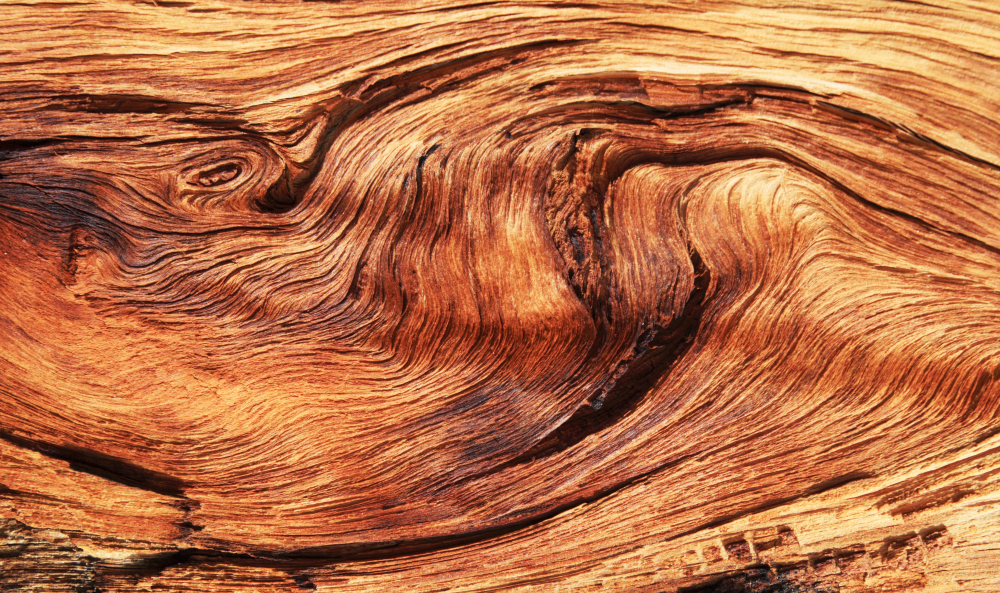
Raison d'être
Tallgrass Heritage roots can be traced back to 1886 when Frederick Drummond, a Scottish immigrant, landed in Osage Territory at age 22. Our family’s 8,000-acre cattle ranch has been in continuous operation since and in late 2019 opened sales of our locally-famous beef to the public as Tallgrass Heritage.
Proud of our roots, proud of our land, and proud of the fruits of generations of our labor, Tallgrass Heritage was founded with a specific mission in mind:
OUR MISSION:
- Increase access to healthy, delicious, and deeply nourishing food in our local and regional communities
- Facilitate a return to the sanctity and reverence of what it means to consume animals by working with small-batch, local slaughter facilities and artisan butchers
- Recover the lost knowledge that red meat is one of the most vital and healing foods on the planet
OTHER INFO OF NOTE:
Our cattle live their ENTIRE lives on pasture. Many aren’t aware that even the “grassfed beef” you’ll find in the grocery store has been finished in a feedlot. That means that for up to 60 days before slaughter, the beef has been standing in a muddy feedlot, with no grass to graze and only corn and grains to eat, getting fatter and undergoing extreme muscular degeneration.
Yes, it’s true. Nearly any beef that’s being produced on a large enough scale to supply chain grocery stores—no matter the label—has likely endured some duration of confined animal feeding operation (CAFO). Our customers who have typically bought grocery store beef until trying ours frequently tell us they’ve never had anything like our beef and that they simply can’t go back to grocery store beef.
ON GRAINS
There are so many misconceptions about what grassfed beef is and isn’t and most consumers have no idea of the life their meat actually lived. At this point, most consumers are savvy enough to know that certifications and labels mean precious little when it’s quality and substance we’re after.
At Tallgrass Heritage, our cattle spend their entire lives on some of the nation’s finest grasslands. They have 8,000 acres to roam and graze and sip from streams and cool off in ponds and live as nature intended. During the winter months, when the grass has dried up, we provide them with hay and supplemental feed made from alfalfa seed. While this is technically a grain, we find it’s the best way to help them avoid losing too much fat during the cold winter, as much of their energy goes toward survival.
The supplemental feed makes up a small percentage of the animals’ diet and is a common practice, even among brands with a grassfed label, in locations that experience winters with below freezing temperatures. In our opinion, the real questions come in the finishing process.
